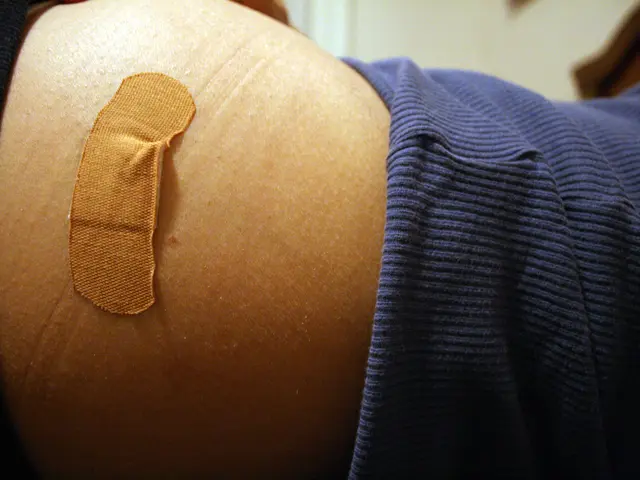New Esophageal Manometry Procedure Now Available for Swallowing Issues
Esophageal manometry, a procedure to diagnose issues with the esophagus and lower esophageal sphincter (LES), is now available. It's used to assess symptoms like acid reflux, chest pain, and difficulty swallowing. The test involves inserting a thin tube through the nose, down the esophagus, and into the stomach.
Before the procedure, patients must fast for several hours and may need to stop certain medications temporarily. During the test, which lasts around 15 minutes, a thin, flexible tube with sensors is inserted through the nose and into the stomach. The tube is slowly pulled out while the patient swallows, allowing the sensors to measure the strength of the esophageal muscles and the function of the LES. Abnormal results may indicate problems like abnormal muscle contractions, achalasia, hypertensive LES, esophageal spasm, nutcracker esophagus, scleroderma, or a weak LES. The procedure may cause minor discomfort, such as gagging, watery eyes, or a nosebleed. Risks include a sore throat or nosebleed, and rarely, perforation or aspiration.
Esophageal manometry is a useful tool for diagnosing and understanding issues with the esophagus and LES. It's primarily performed by gastroenterologists, but in some cases, visceralsurgeons or HNO specialists may also be involved. The test is typically used to diagnose dysphagia, GERD, achalasia, and for postoperative control after operations on the esophagus.
Read also:
- FDA's Generic Mifepristone Approval Sparks Pro-Life Concerns Over Safety and States' Rights
- Understanding Child Development: Causes and Signs of Delays
- Pope Francis' New Book 'Let Us Dream' Offers Unity and Hope for Post-Covid World
- Stephanie Estremera Gonzalez: From Medical Assistant to Residential Manager at The Point/Arc








